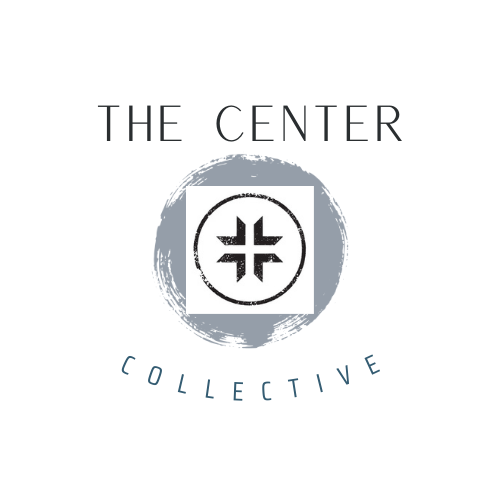Does anyone else feel the world is really off? From politics to the streets of Chicago, people are really sensitive to any perceived slight. It used to be we could laugh at our differences and know deep down we’re all on the same side. Today. it doesn’t seem that way so I thought we would spend a little time talking about loving one’s neighbor. After all, it is a very simple concept and rarely practiced well.
It was Jesus who said when questioned by the experts of His day,
Love the Lord your God with all your heart and with all your soul and with all your mind and with all your strength.’ The second is this: ‘Love your neighbor as yourself.’ There is no commandment greater than these.”
For the Christian, loving one’s neighbor is not optional, it is commanded as a regular practice of those claiming to be Christian.
So how do we love our neighbor in practical ways that doesn’t make us seem like weirdos? As I contemplated this idea, I remembered a book that I have couples read and discuss when getting married. It’s by Gary Chapman and it's called, “The Five Love Languages.” If you’re not familiar with the book, its basic premise is we all have five ways we long to be loved and there is one that is primary. When our primary love language is not met, we get a little cranky. When we are deprived of any of the languages for a long time, it rises in importance and it becomes a primary catalyst in our life.
Gary lists the five love languages as:
Words of Affirmation - Saying supportive things
Acts of Service - Doing helpful things
Receiving Gifts - Giving gifts that tell them you were thinking about them
Quality Time - Spending meaningful time
Physical Touch - a physical expressions of love (both intimate and non-intimate touches)
Each of us differs in the ways that we receive love. Now, Gary focuses on partners in His book, I’d like to expand its reach to our other relationships and/or our neighbors. By learning to give love in the ways that those around us can best receive it, AND setting boundaries with those in our sphere of influence to give us love in the ways that we can receive it, we create stronger relationships and in turn a better neighborhood in which to live and thrive.
According to Chapman, words of affirmation are the most common primary love language by a small margin. The results of his study show:
Words of affirmation: 23 percent.
Quality time: 20 percent.
Acts of service: 20 percent.
Physical touch: 19 percent.
Receiving gifts: 18 percent.
Typically, people have one main love language and one secondary one. It is important to know these so you can ask for what you need as well as so show your partners, friends, and neighbors love in a way they can receive it. After all, love not received, benefits no one.
Now let’s be clear, love languages were written to help those in or about to enter into a marriage or other serious relationship. But they can be applied in many other relationships as well. However, there are others in the relationship counseling community who don’t fully agree in Gary’s hypothesis.
Julie Gottman—who co-founded the Gottman Institute for marriage and relationship research and therapy with her husband, researcher John Gottman, in 1996 said,
“I’m not so sure about the idea that everyone has one primary language of affection; rather, she says, expressions of affection can vary in significance according to context.”
In some situations, an act of service or a word of affirmation will be especially meaningful to people even if they don’t believe their love language to be either of those things, for example, and “gifts” folks can encounter moments in which a well-intentioned gesture feels inadequate. Identifying a primary love language can also have a pigeonholing effect, she noted: “Partners may begin to express affection in only one way, regardless of context, or recognize only one kind of act as an act of love.” Plus, Gottman shared that, some elements of a relationship that are framed as “love languages” in Chapman’s theory should be considered necessary ingredients in any healthy relationship—like quality time.
So in loving our neighbor, we must be cognizant of their love language BUT realize we shouldn’t focus on one way to be a good neighbor/friend/co-worker without acknowledging all the others ways to love.
Considering the needs and wants of the other person first and then adjusting your own behavior—and not expecting it to work the other way around—is what makes the whole world turn a little easier.
If you would like to learn more, consider joining us at RENEW (renew-relationships.org). It’s a community meal and discussion held every Monday night at 6:30pm in the venue room at THE CENTER (400 North Walnut, Itasca, IL 60143).
